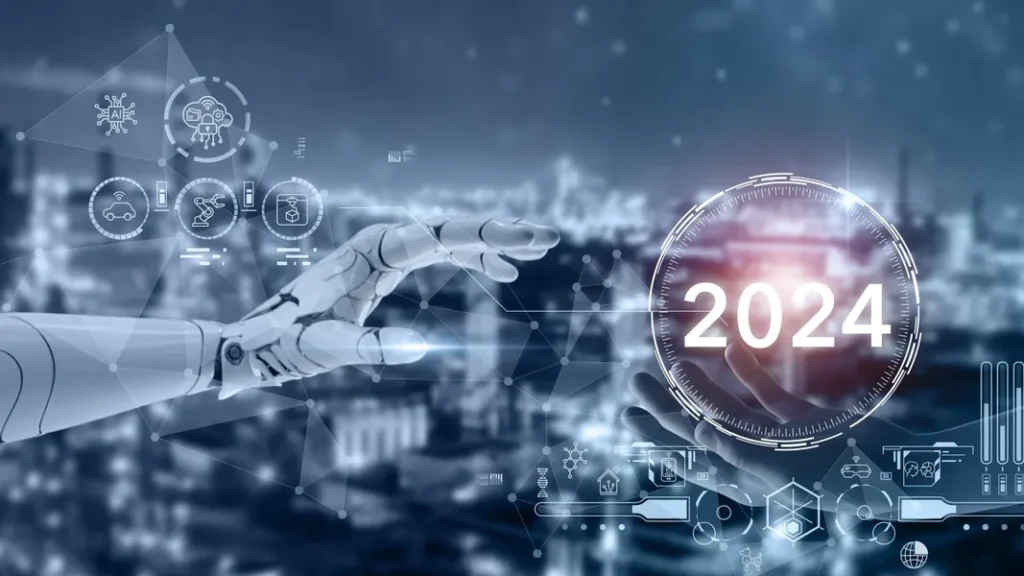In the ever-evolving landscape of the Middle East, understanding the prevailing trends is paramount for anticipating its future trajectory. As we delve into 2024, several key trends emerge, each poised to redefine the region’s socio-political, economic, and technological landscape. From advancements in renewable energy to geopolitical realignments, the Middle East stands at a pivotal juncture. Let’s explore the top five trends that will shape its future in 2024 and beyond.
Renewable Energy Revolution
Amid growing concerns over climate change and the need for sustainable development, the Middle East is experiencing a significant shift towards renewable energy sources. Renewable Energy Revolution encompasses the widespread adoption of solar and wind energy technologies, propelled by declining costs and increasing environmental awareness.
The adoption of renewable energy solutions is not only driven by environmental concerns but also by economic imperatives. Countries in the East are recognizing the potential of renewable energy to diversify their economies. Reduce dependency on fossil fuels, and create new avenues for growth.
Geopolitical Dynamics
The Middle East has long been a region characterized by complex geopolitical dynamics, and 2024 is no exception. From shifting alliances to emerging conflicts, Geopolitical Dynamics continue to shape the region’s landscape.
The geopolitical landscape of the East is marked by a delicate balance of power, with competing interests vying for dominance. Key factors such as the ongoing conflicts in Syria and Yemen. The normalization of relations between Israel and some Arab states, and the role of external powers further contribute to the region’s complexity.
Technological Innovation
In an era defined by rapid technological advancement, the Middle East is emerging as a hub of innovation and entrepreneurship. Technological Innovation encompasses a wide range of developments, from artificial intelligence and blockchain to space exploration and biotechnology.
Countries in the Middle East are increasingly investing in research and development to foster innovation ecosystems conducive to technological breakthroughs. Initiatives such as smart cities, and digital transformation. Investments in emerging technologies are positioning the region as a global leader in innovation.

Youth Empowerment
With a significant portion of its population under the age of 30, the Middle East is experiencing a demographic dividend that presents both opportunities and challenges. Youth Empowerment is essential for harnessing the potential of this demographic bulge and driving sustainable development.
Empowering youth through education, skills development, and meaningful participation in society is crucial for unlocking their potential as agents of change. Initiatives aimed at youth empowerment. Such as entrepreneurship programs, vocational training, and civic engagement platforms, are gaining momentum across the region.
Cultural Renaissance
The Middle East boasts a rich cultural heritage spanning thousands of years, and in 2024, there is a resurgence of interest in preserving and promoting this heritage. Cultural Renaissance encompasses efforts to celebrate and revitalize traditional arts, literature, music, and architecture.
In an increasingly globalized world, there is a growing recognition of the importance of preserving cultural identity and heritage. Initiatives aimed at promoting cultural exchange, heritage conservation, and creative industries are fostering a renaissance of cultural expression across the East.
Top Five Trends to Define the Future of the Middle East in 2024
- Renewable Energy Revolution
- Geopolitical Dynamics
- Technological Innovation
- Youth Empowerment
- Cultural Renaissance
FAQs (Frequently Asked Questions
- What are the primary drivers behind the Renewable Energy Revolution in the Middle East? The Renewable Energy Revolution in the East is primarily driven by concerns over climate change. Economic diversification, and the declining costs of renewable technologies.
- How do Geopolitical Dynamics impact the stability of the Middle East? Geopolitical Dynamics. Regional conflicts, shifting alliances, and the involvement of external powers have significance. Impact on the stability and security of the East.
- What role do youth play in shaping the future of the Middle East? Youth in the East are increasingly recognized as agents of change and innovation. With initiatives aimed at empowering them through education, skills development, and civic engagement.
- How is technology transforming the socio-economic landscape of the Middle East? Technological Innovation is driving digital transformation and economic diversification in the East. Initiatives such as smart cities, e-commerce, and digital infrastructure paving the way for future growth.
- Why is preserving cultural heritage important for the future of the Middle East? Cultural Renaissance initiatives play a vital role in preserving identity. Promoting social cohesion, and fostering creativity and innovation in the Middle East.
Conclusion
As we look ahead to 2024, the Middle East stands at a crossroads of change and opportunity. The top five trends shaping its future are the Renewable Energy Revolution, Geopolitical Dynamics, Technological Innovation, Youth Empowerment, and Cultural Renaissance. Offer a glimpse into the region’s evolving landscape. By embracing these trends and harnessing the potential of its diverse population, the Middle East can chart a course toward sustainable development, prosperity, and peace.
